Every coach and authoritative figure in every sports league must have the ability to properly motivate their players. After a strong win or a depressing and dramatic loss, players feel an extreme bipolarity of emotions. It is the coaches, and team captains job to guide them back to the balanced middle ground, such that they stay focused and motivated. They are the leaders that the players look up to and because of this dependence, they withhold many different types of power and great influence over them. However, with younger athletes in the new Generation Z becoming a bigger part of professional sports, player deviance and arrogance are rising. Coaches must adjust their style of motivation accordingly, in order to extract the highest quality results that they can. This is not only an internal problem, but also external in the sense that many people look up to athletes and will mimic their behaviour. For example, showboating in the National Football League (NFL) has become a subject of extreme controversy and it has shown to have a correlation with ratings dropping (Mushnick, 2016).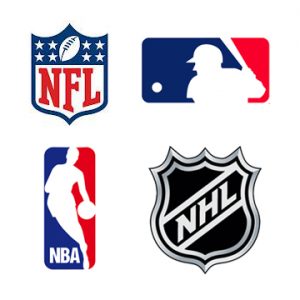
In order to resolve this issue of “pre-madonna syndrome” among certain players, coaches and team captains must create a stern environment of discipline and simply state that that kind of behaviour will not be tolerated. Upon examining the Blake Mouton Managerial Grid, they actually should have high concern for product and low concern for people in these specific situations, placing themselves in the authoritative category. Generally, concern for both should be high, placing themselves in the team category.
In my classmates blog post on the subject, Noah Woogman stated that hierarchy is at the pinnacle of success in professional sports franchises, and I fully agree. I found this blog post to be useful as it highlights that stern authority is often a proper managerial solution in some instances like this.
Bibliography (APA):
[Professional Sports Leagues]. (n.d.). Retrieved March 29, 2017, from http://www.statisticbrain.com/wp-content/uploads/2011/12/pro-sports-logos.jpg
Mushnick, P. (2016, October 21). NFL’s sinking ratings tied to shameless showboating. Retrieved March 30, 2017, from http://nypost.com/2016/10/20/nfls-sinking-ratings-directly-tied-to-shameless-showboating/
Pumerantz, Z. (2017, January 26). The 50 Greatest Coaches of All Time. Retrieved March 30, 2017, from http://bleacherreport.com/articles/1277689-the-50-greatest-coaches-of-all-time
Woogman, N. (2017, March 27). Noah Woogman’s Blog – Gettin’ Woogie with it. Retrieved March 29, 2017, from https://blogs.ubc.ca/noahwoogman/

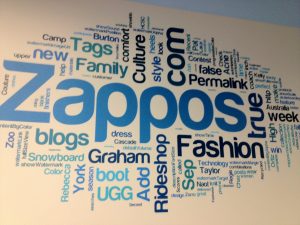
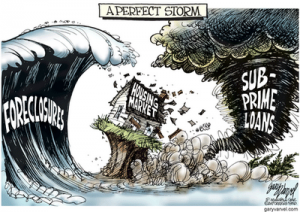
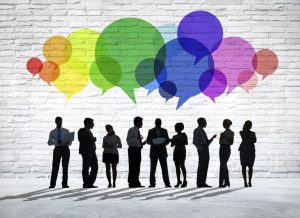
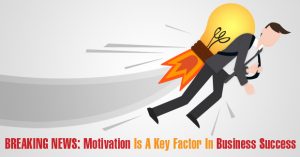
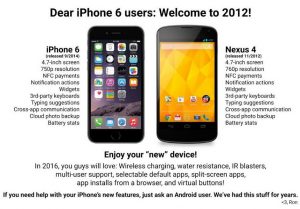 This has created a crazed stigma in which everyone feels the need to own the newest upgraded iteration, without much regard to the lack of improvements that Apple puts into each successive product. What is happening here is an organizational behaviour and marketing effect deemed the “Halo Effect,” in which consumers feel inclined to buy other products from a brand based on the merit of their previously purchased products. In this case, Apple is riding the success of the revolutionary iPhone 3Gs as an example, in order to sell their new products. This halo effect is a massive strength of Apple, but it has also landed them massive amounts of criticism based on how they essentially resell the same base product, with few upgrades to ream as much revenue as possible. A commonly used phrase to describe each new models features is “having a new camera, and being thinner and lighter.” This trend has continued in their Macbook Pro and Air laptop product lines as well, but not to the extent of the iPhone. At the UBC Sauder School of Business, m
This has created a crazed stigma in which everyone feels the need to own the newest upgraded iteration, without much regard to the lack of improvements that Apple puts into each successive product. What is happening here is an organizational behaviour and marketing effect deemed the “Halo Effect,” in which consumers feel inclined to buy other products from a brand based on the merit of their previously purchased products. In this case, Apple is riding the success of the revolutionary iPhone 3Gs as an example, in order to sell their new products. This halo effect is a massive strength of Apple, but it has also landed them massive amounts of criticism based on how they essentially resell the same base product, with few upgrades to ream as much revenue as possible. A commonly used phrase to describe each new models features is “having a new camera, and being thinner and lighter.” This trend has continued in their Macbook Pro and Air laptop product lines as well, but not to the extent of the iPhone. At the UBC Sauder School of Business, m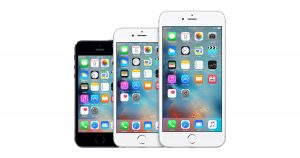 andatory classes make owning a laptop of paramount importance, so almost everyone owns an internet enabled device of some sort. The majority of these devices are Macbooks, and every time a new iteration is unveiled people feel inclined to upgrade. Whether or not people will realize the power of the Halo effect within Apple will determine how long they can keep the charade up before having to return to their creative and innovative roots in order to sell their products.
andatory classes make owning a laptop of paramount importance, so almost everyone owns an internet enabled device of some sort. The majority of these devices are Macbooks, and every time a new iteration is unveiled people feel inclined to upgrade. Whether or not people will realize the power of the Halo effect within Apple will determine how long they can keep the charade up before having to return to their creative and innovative roots in order to sell their products.

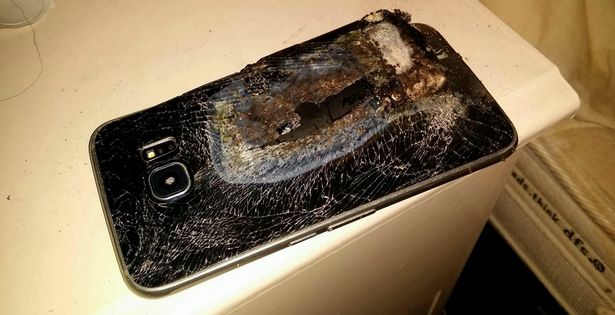
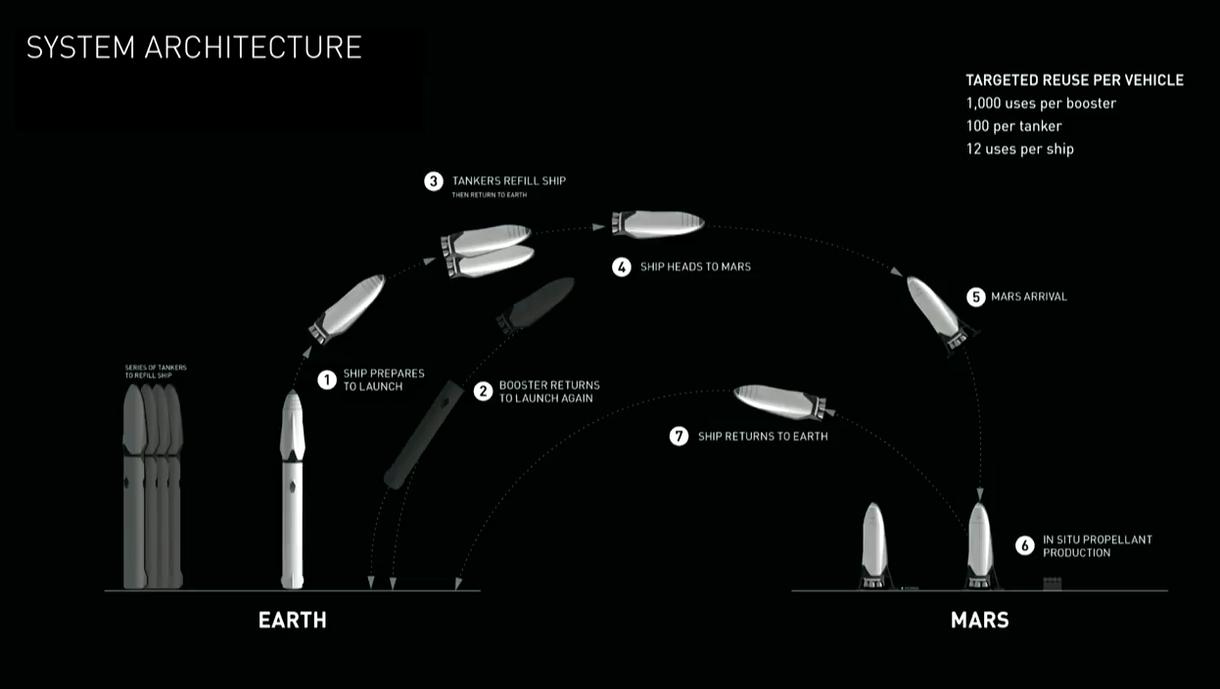 The ticket to board the repeated ITS trips, set to undergo their first journey in the next 10 years will cost you anywhere from $100,000 – $200,000. This is not to mention the fact that losing your life is a possibility and a probability to some extent. One of the most important factors of the project to take into account is the fact that it will not be a one way trip. “The ITS spaceships will be refueled on Mars and will launch back to Earth from there, meaning prospective colonists don’t have to stay on the Red Planet forever if they don’t want to.”
The ticket to board the repeated ITS trips, set to undergo their first journey in the next 10 years will cost you anywhere from $100,000 – $200,000. This is not to mention the fact that losing your life is a possibility and a probability to some extent. One of the most important factors of the project to take into account is the fact that it will not be a one way trip. “The ITS spaceships will be refueled on Mars and will launch back to Earth from there, meaning prospective colonists don’t have to stay on the Red Planet forever if they don’t want to.” In his statement, Musk only touched upon the first step towards colonization after transportation. This is the plan to build a Solar powered factory, which will use both carbon dioxide in the air and ice beneath the surface to create methane and oxygen.
In his statement, Musk only touched upon the first step towards colonization after transportation. This is the plan to build a Solar powered factory, which will use both carbon dioxide in the air and ice beneath the surface to create methane and oxygen.